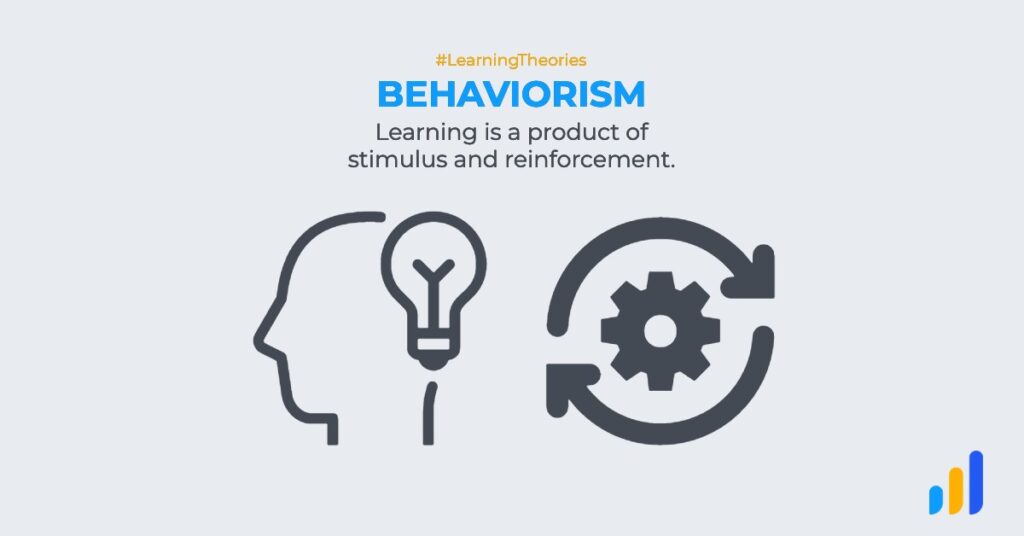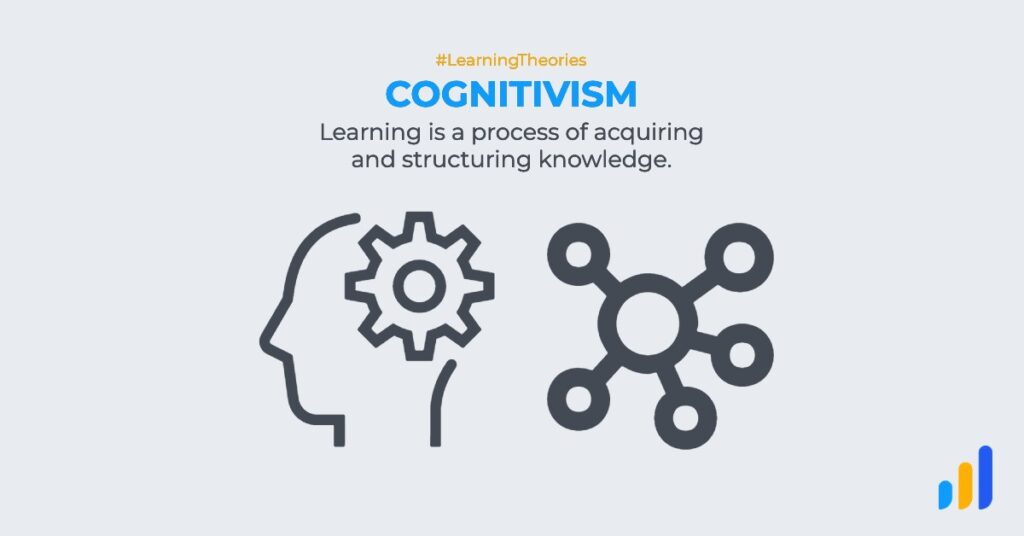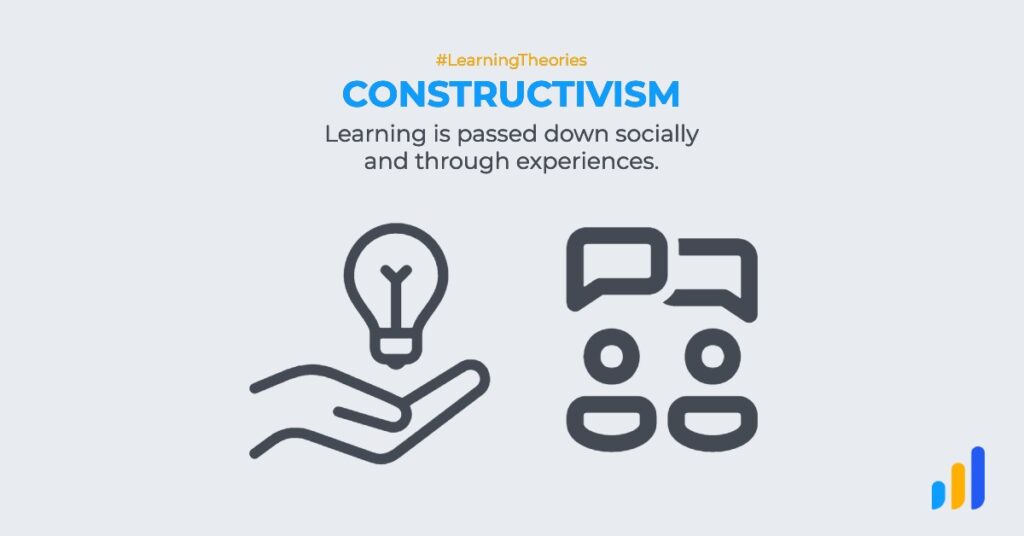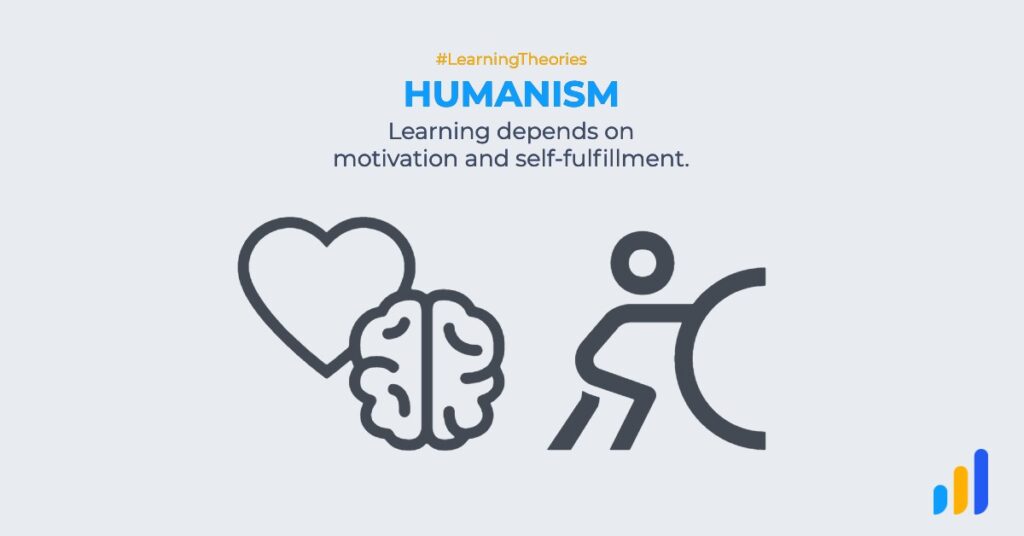
4 Learning Theories Every Online Educator Should Know
Because understanding how we learn influences how we teach.
If I had to guess, I would say that most online educators don’t think of themselves as “instructional designers.” They usually view themselves as subject matter experts—they know their area very well, and are starting an online course to share their expertise with others who are interested in learning it.
However, as any good teacher will tell you, knowing something is not the same as teaching it. This is where instructional design comes in. Subject matter experts who want to know more about how to teach a better class should learn more about how to design a good course.
And to take things back yet another step, anyone who wants to know how to be a better teacher should learn more about how learning works.
Learning is one of the most fundamental actions a person—or any living thing—takes. Yet for something so basic, modern psychology hasn’t come to a consensus on how it works. Are we products of our experiences or our environments? Or do we just learn through raw mental power? Or is it something like a combination of all these things?
During the twentieth century, four major learning theories emerged, and each has lessons that online educators can learn from to design better courses. Let’s look at what they are.
1. Behaviorism: Learning is a product of stimulus and reinforcement.

In behaviorism, learning is an external process, which happens reflexively, and which is adjusted over time based on the outcomes of a response. The most famous behaviorist psychologists were B. F. Skinner and Ivan Pavlov, both of whom experimented in conditioning experiments. (Pavlov conditioned dogs to salivate at the sound of a bell, while Skinner experimented with schedules of reinforcement, such as continuous or intermittent.)
Learned behaviors are important for many instructional designers, especially those who focus on habits. If you’re trying to coach your students to change their responses to various events, learning more about behaviorism will be helpful to you. Behaviorism could be applied to:
- Habit forming: Getting up early, exercising, avoiding certain foods.
- Customer service: Managing stress, practicing responses.
- Quality control: Practiced safety protocols, habitual quality checks.
- Emergency response: Practiced responses, stress management.
2. Cognitivism: Learning is a process of acquiring and structuring knowledge.

Typically, cognitivism is presented as the opposite of behaviorism. While behaviorism focuses on external forces, cognitivism places the emphasis on internal ones. In other words, cognitivism focuses an gaining knowledge and then thinking about it.
Much of cognitive learning theory focuses on the mechanics of memory and the mapping of new information to preexisting mental schema. A cognitivist might focus on teaching learners concepts, and then helping them organize new information around those concepts.
Because of this, cognitivists focus on instructional design as a way to create a more efficient means of transferring knowledge. Cognitivism also focuses heavily on the self-direction of the learner, because knowledge must be meaningful to the learner for assimilate it.
3. Constructivism: Learning is passed down socially and through experiences.

Constructivism views learning as a social process, something that is influenced by both external and internal factors, but which depends heavily on a learner’s preexisting knowledge base. It also focuses on the uniqueness of the learner.
Individuals are complex. Genetic factors play a role in how any individual absorbs information, but so do social and cultural factors. Because of these factors, constructivism emphasizes the learner’s responsibility to engage with the learning material. The process of learning is seen as more collaborative, where learners can work together to build a shared understanding of the subject.
Constructivism indicates that instructional designers should focus more on cooperative learning experiences. Group projects, class debates, and flipped classrooms all fit well into this learning theory. Constructivism also works best when there is a close relationship between the learner and the instructor, which is a sign that mentors and coaches should think more carefully about this learning theory.
4. Humanism: Learning depends on motivation and self-fulfillment.

As a learning theory, humanism (also called “person-centric education,” to avoid confusion with secular humanism) is centered wholly on the individual and their learning needs. In a humanistic approach, learners establish their own goals and largely self-evaluate. Natural motivation is prioritized above a set curriculum, and learners are encouraged to pursue their interests.
This may sound like a bizarre teaching method, but it’s very similar to how many of us pursue hobbies as adults. An avid reader may want suggestions, and may even join a book group, but would be put off by an assigned reading list. An artist might seek influences and feedback, but would probably leave a class if they felt they weren’t allowed to choose the subjects of their drawings and paint in a style they liked.
An online instructor leading a humanist course would need to focus a lot of attention on the learner’s emotional needs. They would want to check in frequently with learners to make sure none were feeling stressed or burnt out by their self-assigned goals. Instructors could guide them to materials that they might find interesting and help the learner set reasonable benchmarks, but would otherwise let the learner find their own path.
Instructional designers can apply lessons from each theory in their courses.
Each learning theory has strengths and weaknesses, and each offers lessons that may be more applicable to teaching certain kinds of subjects over others—and to certain individuals over others.
I can well imagine an art class using all four of these teaching theories. A behaviorist might focus on training an artist to gauge perspective, lighting, and hue at a glance. A cognitivist might focus on theoretical principles of composition and design. A constructivist would have artists work in collaborations, so that each could learn from the other. And a humanist would prompt the artist to find meaning in their art through self-discovery.
And, of course, as an instructional designer, there’s no reason you can’t apply each of these theories as you see fit to your lessons. In another hundred years, we may just find that the best learning theory is the one that unifies them all.

LearnDash Collaborator
@LearnDashLMS






